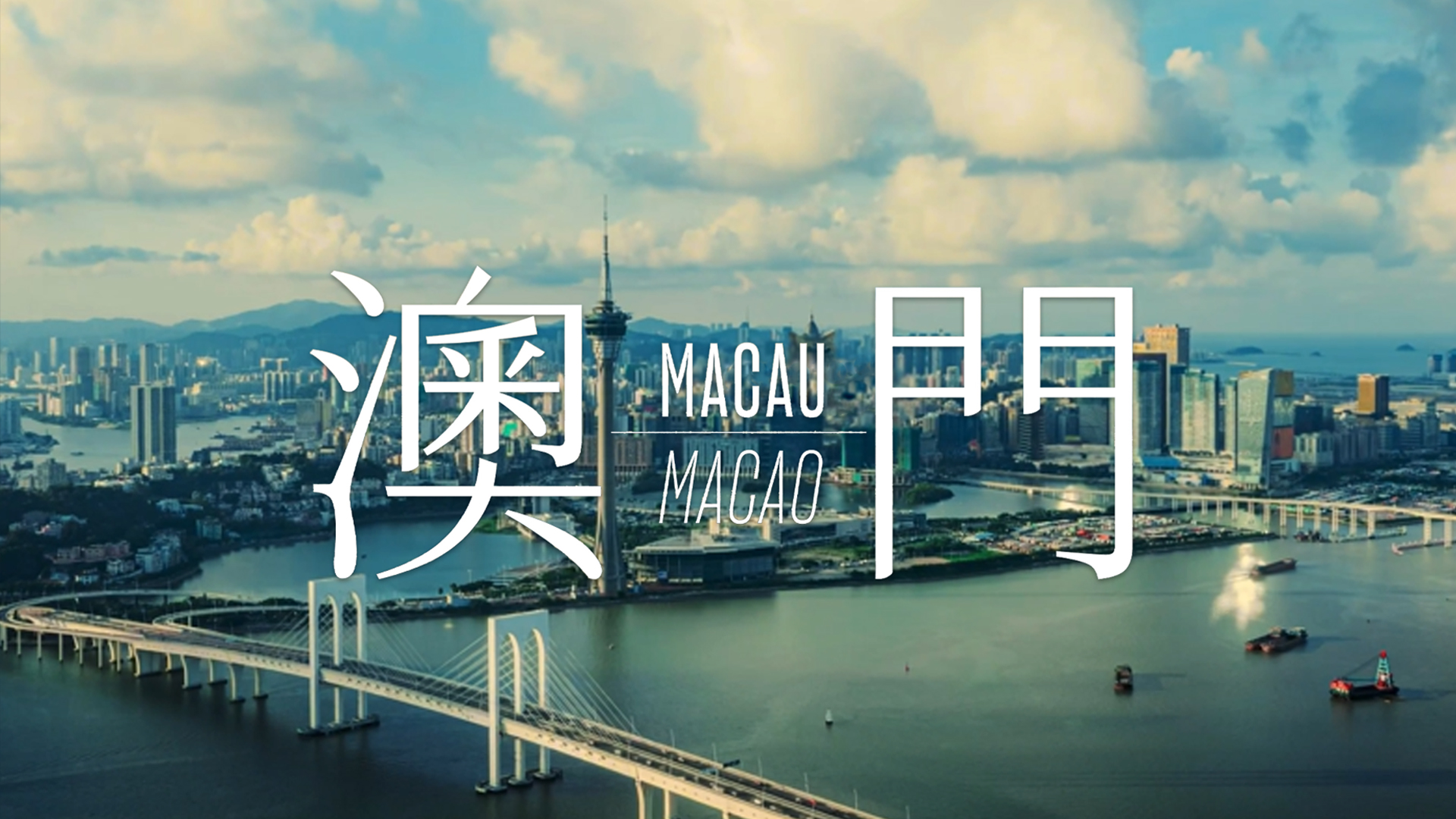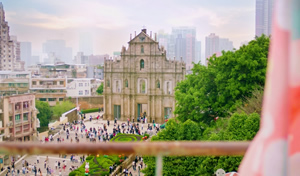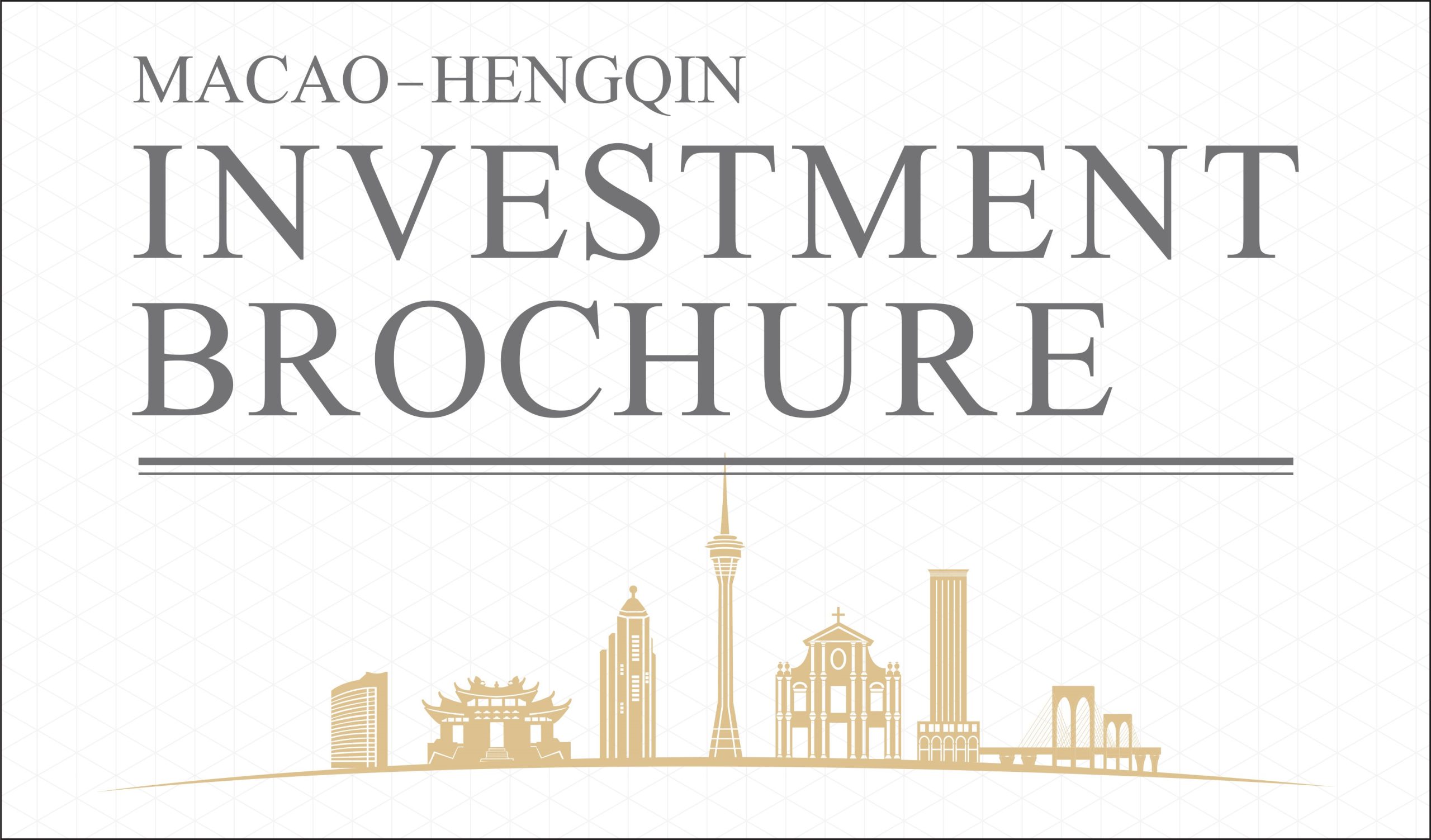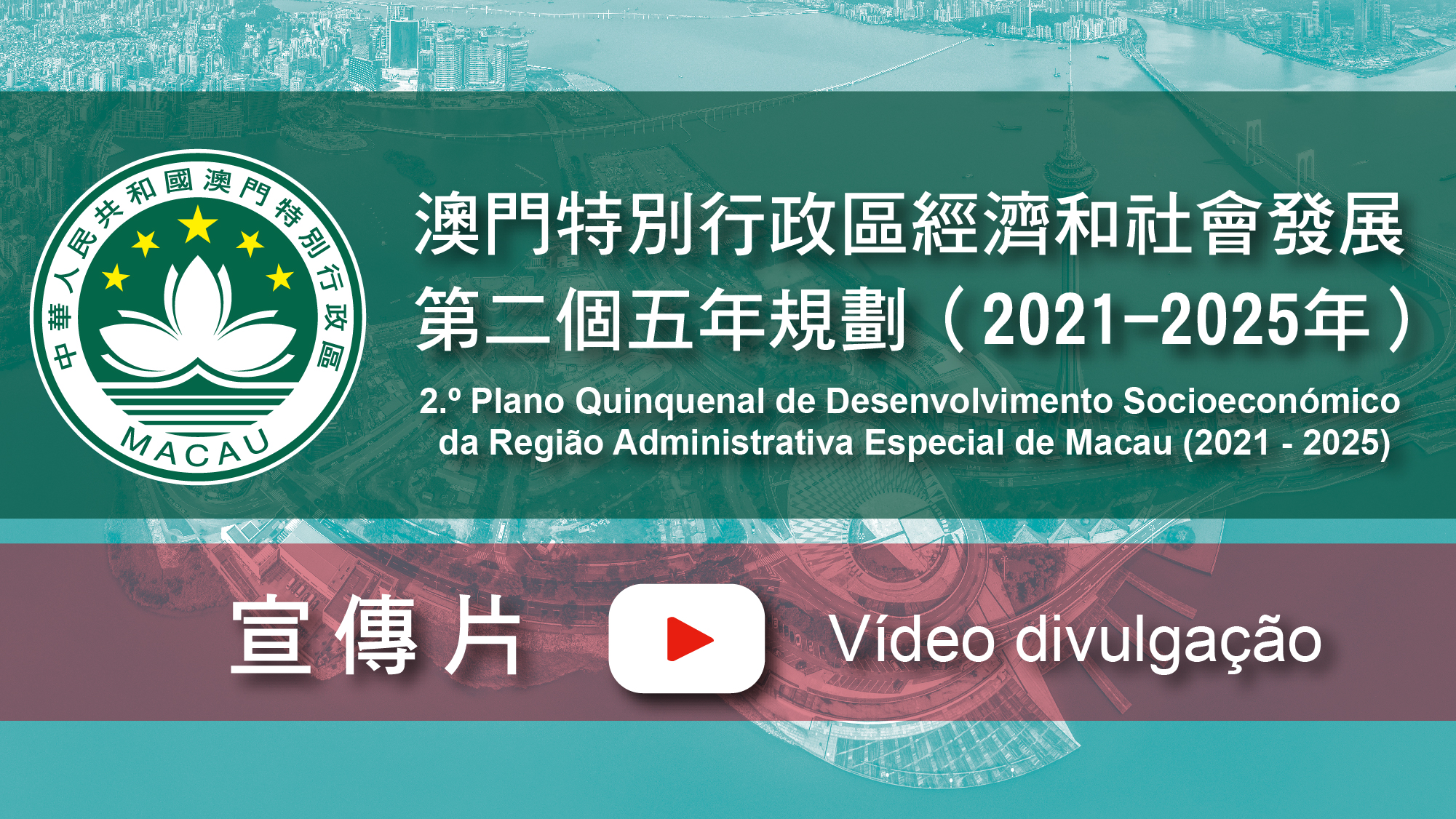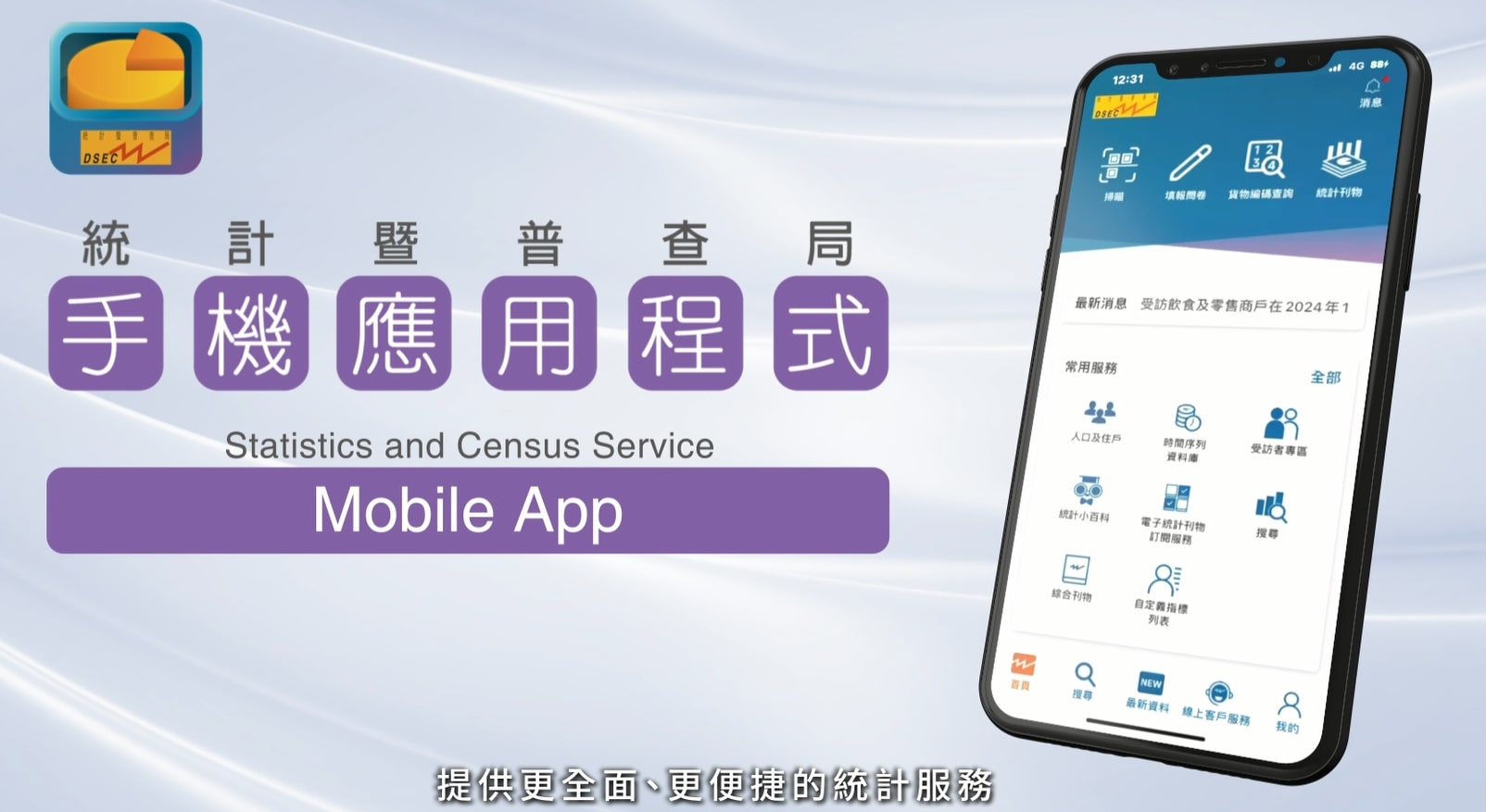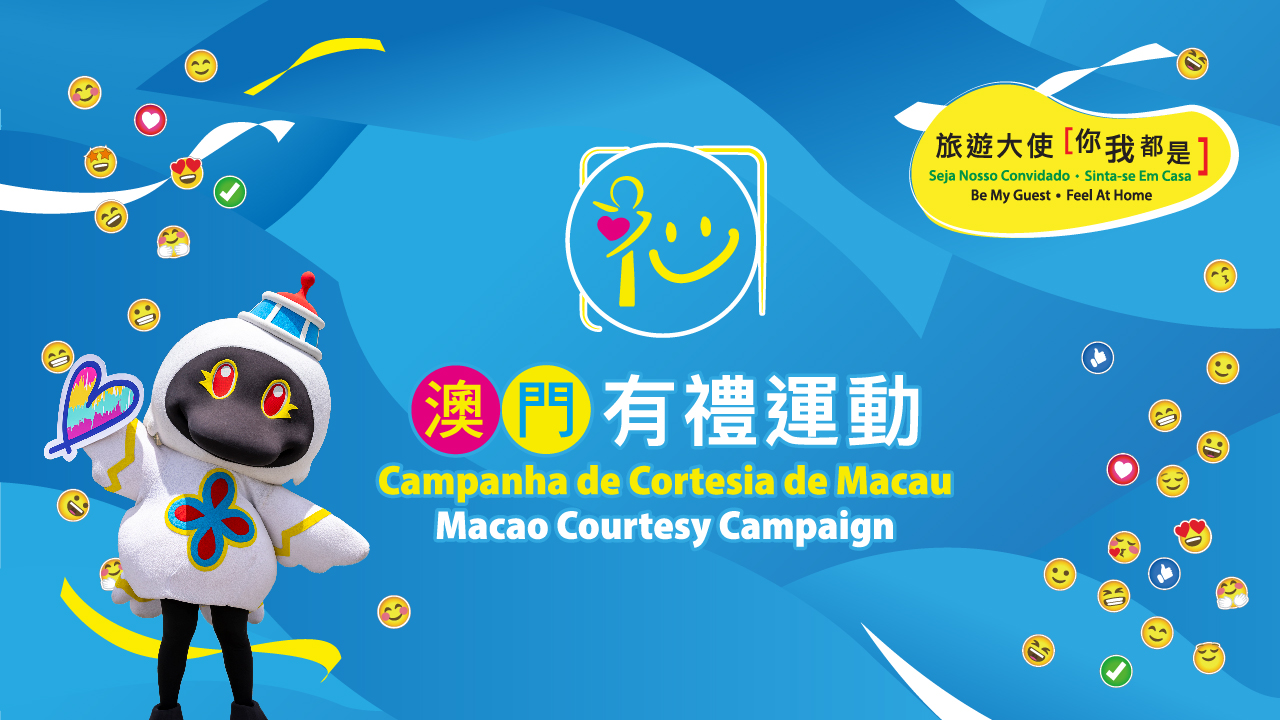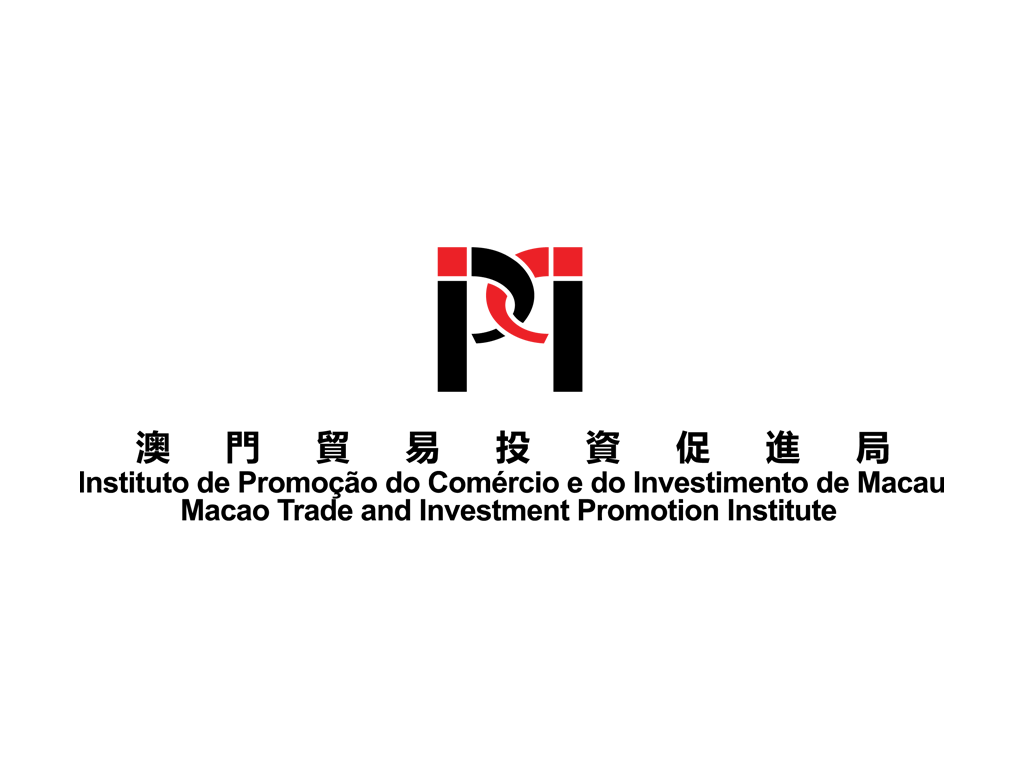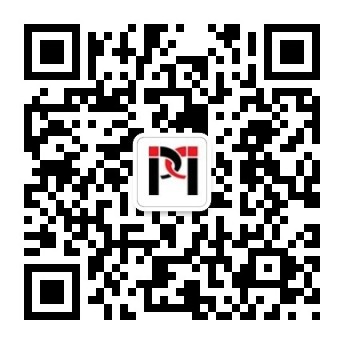Search Issues
The Republic of Indonesia
The Republic of Indonesia is located in Southeast Asia, spanning across Asia and Oceania. It is the world’s largest island country comprising of 17,508 islands. It covers a total area of 1,904,569 square kilometres with over 70% located in the southern hemisphere, being the only Asian country in the southern hemisphere. As of July 2017, the country has a population of 260,580,739, ranking as the fourth most populous country in the world, with 55.2% of its population living in the city. Jakarta, the Capital, is he top city in Southeast Asia and a world-famous port. Indonesian is the official language but English is also widely used in the country, there are more than 200 ethnic dialects.
Being the largest economy in Southeast Asia and the sixteenth largest economy worldwide, Indonesia is not only a founding member state of the Association of Southeast Asian Nations (ASEAN), but also a member state of the Group of Twenty. Indonesia is rich in natural resources and has a coastline of 35,000 km. Mineral, biological, agriculture, forestry, fishery, geothermal and tourism resources provide favourable conditions for the sustainable development of the economy. Currently the service sector, industrial sector and the agriculture sector accounted for 45.9%, 40.3% and 13.9% respectively. Many international brands have set up retail stores or even factories in major cities such as Jakarta, Surabaya and Kota Bandung following the improvements in their infrastructure. However, Indonesia still lags behind in industrial structure and industries are not well-developed, along with the high unemployment rate, wide wealth gap, and the imbalance between resources deployment and regional development, 6 million Indonesian are still working on labour-intensive industries overseas every year.
Indonesia has been a crucial trade area since the 7th Century, it has become an important hub on the Maritime Silk Road in the history of China-Indonesia exchanges, and now it is a vital partner country in the Belt and Road Initiative. In October 2013, President Xi Jinping paid a state visit to Indonesia and proposed the development of the 21st Century Maritime Silk Road, thus Indonesia become the initiator of the Maritime Silk Road. In recent years, the Initiative not only promoted the liaisons and communications between the two countries in terms of policies, facilities, trade, capital and people, but also created substantive benefits, as well as fostering Indonesia’s role as the Global Maritime Fulcrum, promoting practical collaborations between the two countries in all aspects, and the advanced development of the overall strategic partnership between China and Indonesia.
Mineral resources
The oil, natural gas and tin reserves rank among the top in the world. There are 120 billion barrels of oil reserves and an ample reserves of natural gas, tin, uranium, nickel, manganese, copper, chromium, bauxite and coal.
Biological resources
Indonesia’s biological resources remain one of the most abundant worldwide. According to a non-comprehensive statistical survey, there are more than 40,000 flora species, including an enormous amount of medicinal plants.
Industries
Industrial development focuses on export-oriented manufacturing industry. Major industries are mining, textiles and light industries.
Forestry resources
The country is rich in forestry resources with a total area of 120 million hectares and a forest coverage of 67.8%. It is world-renowned for its production of valuable tropical tree species such as Ostrya japonica, sandalwood, ebony and teak. The government focused on timber processing industry in recent years and engaged in the mass production of plywood which accounted for 2/3 of the world’s market.
Fishery resources
Indonesia’s wide seas covers a marine fishing area of 5.8 million square km and possesses enormous fishery resources. The tropical climate is suitable for the growth of all types of fishes. On the east coast of Sumatra is a world-famous major fish farm. The government attached great importance to the development of fish farms and marine cage culture, promoting the growth of shrimp fishing and shrimp farming at the same pace. Foreign investments are also introduced and increased chilling and packing facilities to promote exports and managed to position itself in the international market.
Geothermal resources
Indonesia is also rich in geothermal resources with frequent volcanic eruption and earthquakes. More than 120 active volcanos makes it to be one of the countries with the largest number of volcanic activities worldwide.
Agricultural resources
Total arable area amounted to 59.8 million hectares with major food crops such as rice and beans. It is the largest bean production country in Southeast Asia and the second largest production country of tropical crops after Brazil. The production of pepper, quinine, cotton tree and rattan rank top in the world, while the output of natural rubber and coconut production rank second worldwide. Other production of palm oil, coffee and spices are also among the top of the world, production of tropical fruits including bananas and mangoes make it a “Kingdom of Fruit”.
Animal husbandry
In recent years, in order to raise the nutritional level of the nationals and reduce imports, Indonesia actively developed it animal husbandry industry. Intensified operation is emphasised and large and medium sized chicken farms, pig farms and milk cow farms are set up. Indonesian chicken farming is only second to China and ranks fourth in the world, duck farming ranks the third worldwide after China and Vietnam.
Tourism
Tourism is the major earner of the country. The government attached great importance to the industry, focusing on the development of tourist attractions, hotels, manpower training as well as streamlining related procedures. Bali has become a tourism icon of the country.
Main Economic Indicators 2017
| Gross Domestic Product (US$100 Million) | 3.243 |
| Real GDP growth (%) | 5.2 |
| GDP per capita (US$) | 12,400 |
| Inflation (%) | 4.0 |
| Land area (sq km) | 1,904,569 |
| Population (Million) | 260,580,739 |
Source:CIA-The World Factbook,
https://www.cia.gov/library/publications/the-world-factbook/
Main Trading Countries/Territories with Indonesia 2016
| Main Destinations for Exports | % |
| China | 11.6 |
| US | 11.2 |
| Japan | 11.1 |
| Singapore | 7.8 |
| India | 7.0 |
| Malaysia | 4.9 |
| South Korea | 4.8 |
| Main Origin for Import | % |
| China | 22.9 |
| Singapore | 10.8 |
| Japan | 9.6 |
| Thailand | 6.4 |
| US | 5.4 |
| Malaysia | 5.4 |
| South Korea | 5.0 |
Source: https://www.cia.gov/library/publications/the-world-factbook/
Foreign Trade In 2016 and 2017 (unit: US$ Billion)
| Year | Total Trade | Exports | Imports |
| 2017 | 300.1 | 157.8 | 142.3 |
| 2016 | 273.4 | 144.4 | 129.0 |
Major Export Commodities: mineral fuels, animal or vegetable fats (includes palm oil), electrical machinery, rubber, machinery and mechanical appliance parts
Main Import Commodities: mineral fuels, boilers, machinery, and mechanical parts, electric machinery, iron and steel, foodstuffs
Source:
1.CIA-The World Factbook, https://www.cia.gov/library/publications/the-world-factbook
2.Index Mundi-Country Fact, http://www.indexmundi.com
Mainland China-Indonesia (unit: US$ Billion)
| Year | Total Trade | Exports | Imports |
| 2016 | 45.783 | 15.097 | 30.686 |
Source: Ministry of Commerce of the People’s Republic of China, http://mds.mofcom.gov.cn/article/Nocategory/
Macao- Indonesia Bilateral Trade 2016
| Type of Trade | Weight (kG) | Patacas |
| Imports | 6,276,515 | 258,203,145 |
| Exports | 1,797 | 3,229,356 |
Source: The Macao Statistics and Census Service, http://www.dsec.gov.mo/
SOURCE
The Ministry of Foreign Affairs of the People’s Republic of China
http://www.fmprc.gov.cn/chn/default.htm
The Ministry of Commerce of the People’s Republic of China
http://zhs.mofcom.gov.cn/
The Economic and Commercial Counselor’s Office of the Embassy of the People’s Republic of China in the Republic of Indonesia
http://co.mofcom.gov.cn/
The Statistics and Census Service of the Macao SAR Government
http://www.dsec.gov.mo/
The World Factbook
http://www.cia.gov/



